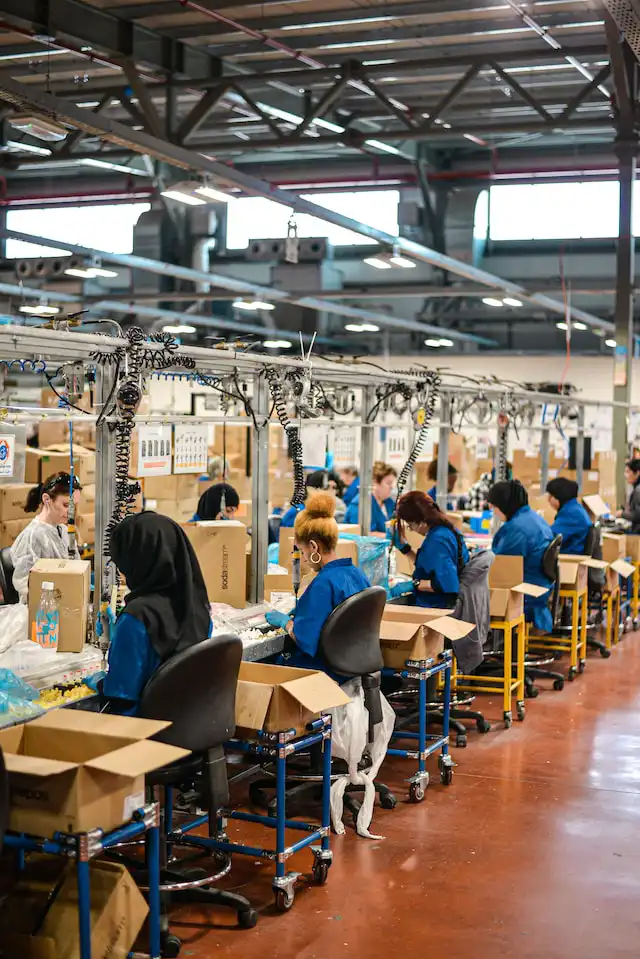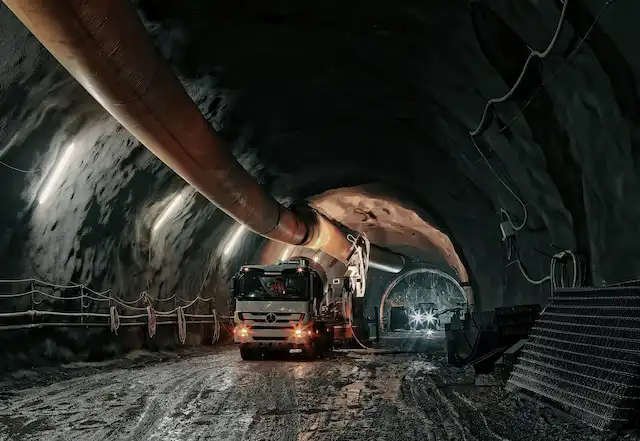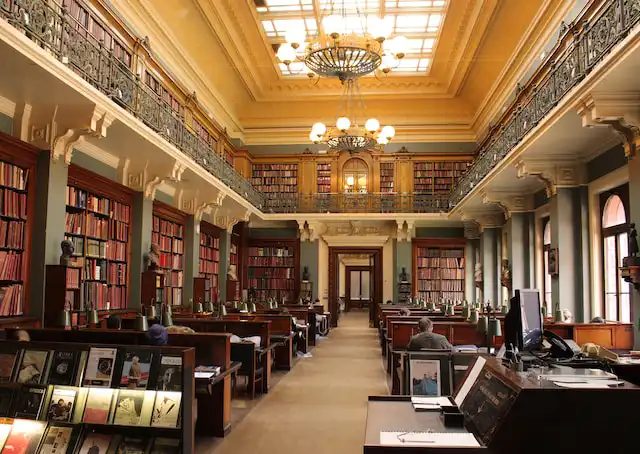
Malaysia Green Buildings Industry Outlook to 2018
Rising Energy Costs and Depleting Natural Resources to Drive Sustainable Development
Region:Asia
Product Code:KR176
April 2014
113
About the Report
Products
Green Building, Energy Cost, Construction Spending, Certified Green Buildings, Gross Floor Area, Residential Green Buildings, Non Residential New Cons
Companies
Saint Gobain, Lafarge, Du Pont
Table of Contents
1. Green Building Industry Dynamics: Evolvement and Development in the World
2. Malaysia Green Buildings Industry Introduction
3. How Do Green Buildings Improve Business?
4. Malaysia Green Building Industry: Key Drivers
4.1. Government Initiatives for Green Technology in Malaysia
4.2. Growing Environment and Climate Change Concerns in Malaysia
4.3. Rising Energy Costs
4.4. Increasing Awareness about Green Buildings
5. Malaysia Green Building Industry: Key Constraints
Higher Cost of Sustainable Housing
Lack of Awareness and Understanding on Sustainable Development
Lack of Expertise and Technology
Lack of Enforcement
Lack of Training and Education
Lack of Commitment from Organizations
Lack of Requirement and Demand from Stakeholders
6. Malaysia Green Building Industry Value Chain
7. Construction Spending in Malaysia, 2012
8. Malaysia Green Buildings Market Size, 2010-2014
8.1. By Number of Certified Green Buildings, 2010-2014
8.2. By Gross Floor Area, 2013-2014
9. Malaysia Green Building Market Segmentation
9.1. By Types of Green Buildings, 2013-2014
9.2. By Ratings, 2013-2014
9.3. By Certified and Registered Buildings by States, 2013-2014
10. Analysis of Key Developments in Green Buildings Industry in Malaysia
Accelerating Green Building Projects in Malaysia
Triggers Driving Green Building Activities in Malaysia
Top 3 Social Reasons for Undertaking Green Projects in Malaysia
Major Environmental Reasons for Undertaking Green Projects in Malaysia
Major Challenges to Green Buildings Development in Malaysia
Top Business Benefits of a Green Building
Impact of Financial Incentives on Decisions to Undertake Green Building Projects
Factors Influencing the Formulation of Green Policies in Malaysia
Top 3 Benefits for Using Green Building Rating System in Malaysia
11. Environmental Impact of Green Buildings in Malaysia
11.1. Impact on Air
11.2. Impact on Water
11.3. Impact on Landfill
12. Technology Analysis of Green Buildings
12.1. Water Efficiency
12.2. Energy Efficiency
12.3. Material Efficiency
12.4. Indoor Air Environment Quality
13. Evolvement of Green Buildings Market in the World
13.1. Snapshot of Australia Green Building Market
13.2. Snapshot of the US Green Building Market
13.3. Snapshot of the UK Green Building Market
13.4. Snapshot of Singapore and Other South East Asia Green Building Market
14. Malaysia Green Building Industry Future Outlook and Projections, 2015-2019
14.1. Cause & Effect Relationship Analysis between Industry Factors and Malaysia Green Building Industry
15. Malaysia Green Building Material Market
15.1. Malaysia Green Buildings Material Market Introduction
15.2. Malaysia Green Building Material Market Size by Revenue, 2008-2013
15.3. Malaysia Green Building Material Market Segmentation
15.3.1. By Application Products, 2013
Thermal and Moisture Protection, 2013
Mechanical Products, 2013
By Electrical Products, 2013
Others, 2013
15.4. Competitive Landscape of Malaysia Green Building Materials Market
15.5. Malaysia Green Building Materials Market Future Outlook and Projections, 2014-2018
16. Macro Economic Indicators of Malaysia Green Buildings Market: Current and Projections
16.1. GDP of Malaysia, 2009-2018
16.2. Inbound Tourist Arrivals in Malaysia, 2009-2018
16.3. Urban Population in Malaysia, 2009-2018
16.4. Building Construction Market in Malaysia, 2009-2018
17. Analyst Recommendation
18. Appendix
18.1. Market Definitions
18.2. Abbreviations
18.3. Research Methodology
Data Collection Methods
Approach
Variables (Dependent and Independent)
Multi Factor Based Sensitivity Model
Final Conclusion
18.4. Disclaimer
Why Buy From Us?

What makes us stand out is that our consultants follows Robust, Refine and Result (RRR) methodology. i.e. Robust for clear definitions, approaches and sanity checking, Refine for differentiating respondents facts and opinions and Result for presenting data with story

We have set a benchmark in the industry by offering our clients with syndicated and customized market research reports featuring coverage of entire market as well as meticulous research and analyst insights.

While we don't replace traditional research, we flip the method upside down. Our dual approach of Top Bottom & Bottom Top ensures quality deliverable by not just verifying company fundamentals but also looking at the sector and macroeconomic factors.

With one step in the future, our research team constantly tries to show you the bigger picture. We help with some of the tough questions you may encounter along the way: How is the industry positioned? Best marketing channel? KPI's of competitors? By aligning every element, we help maximize success.

Our report gives you instant access to the answers and sources that other companies might choose to hide. We elaborate each steps of research methodology we have used and showcase you the sample size to earn your trust.

If you need any support, we are here! We pride ourselves on universe strength, data quality, and quick, friendly, and professional service.















